Mini Synth
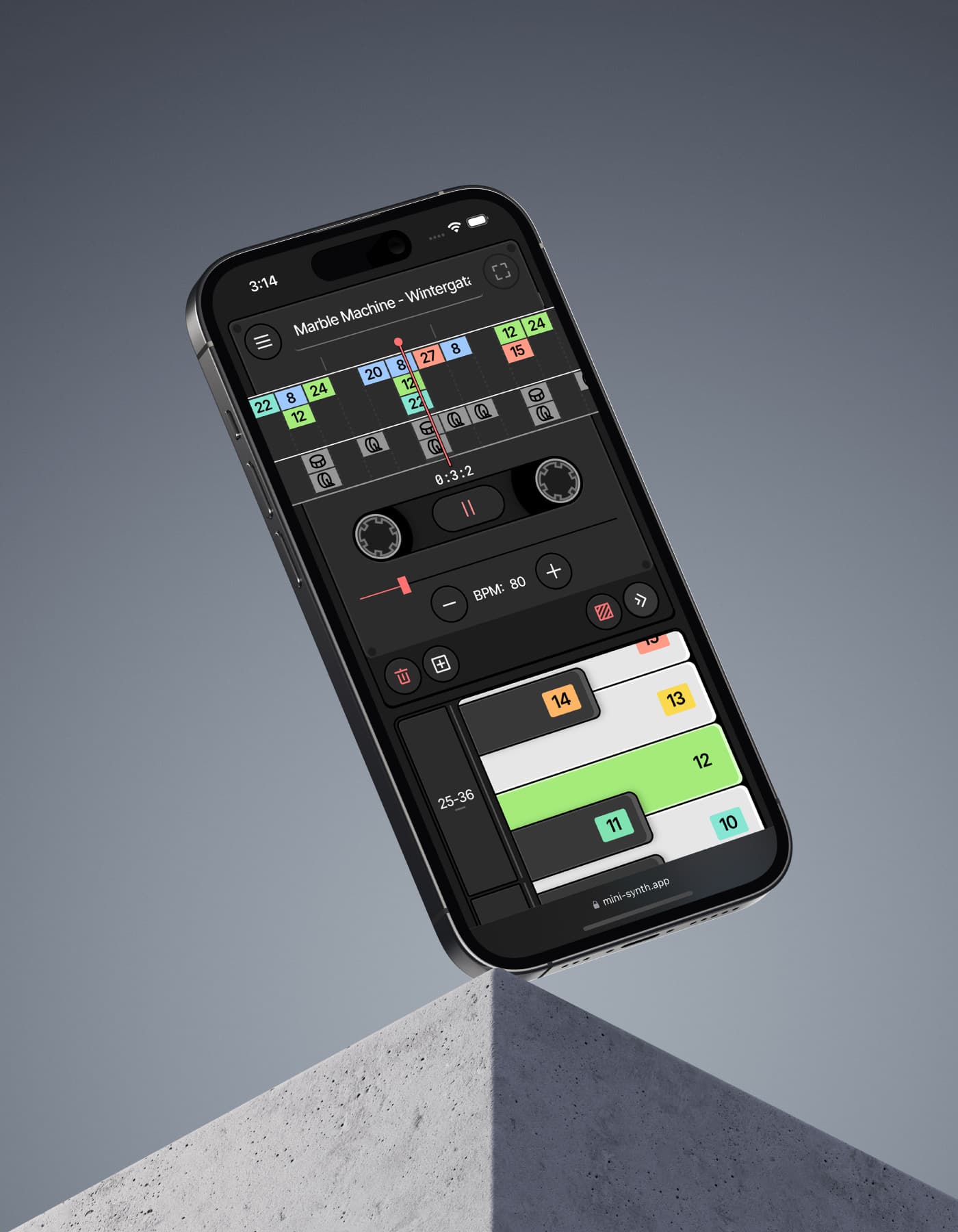
Description
Mini Synth is a simple web-based synthesizer that empowers Ugandan refugees to create music digitally. The app is part of a larger project that includes educational material and activities.
Launch Mini Synth- Date
- 2023-04 to 2023-08
- Colors
- red
- white
- black
- Media
- UI/UX design
- development
- Collaborators
Background
Youth Social Advocacy Team (YSAT), a Ugandan NGO, needed an educational activity that could improve refugee computer literacy using Galaxy S21 phones provided by Samsung.
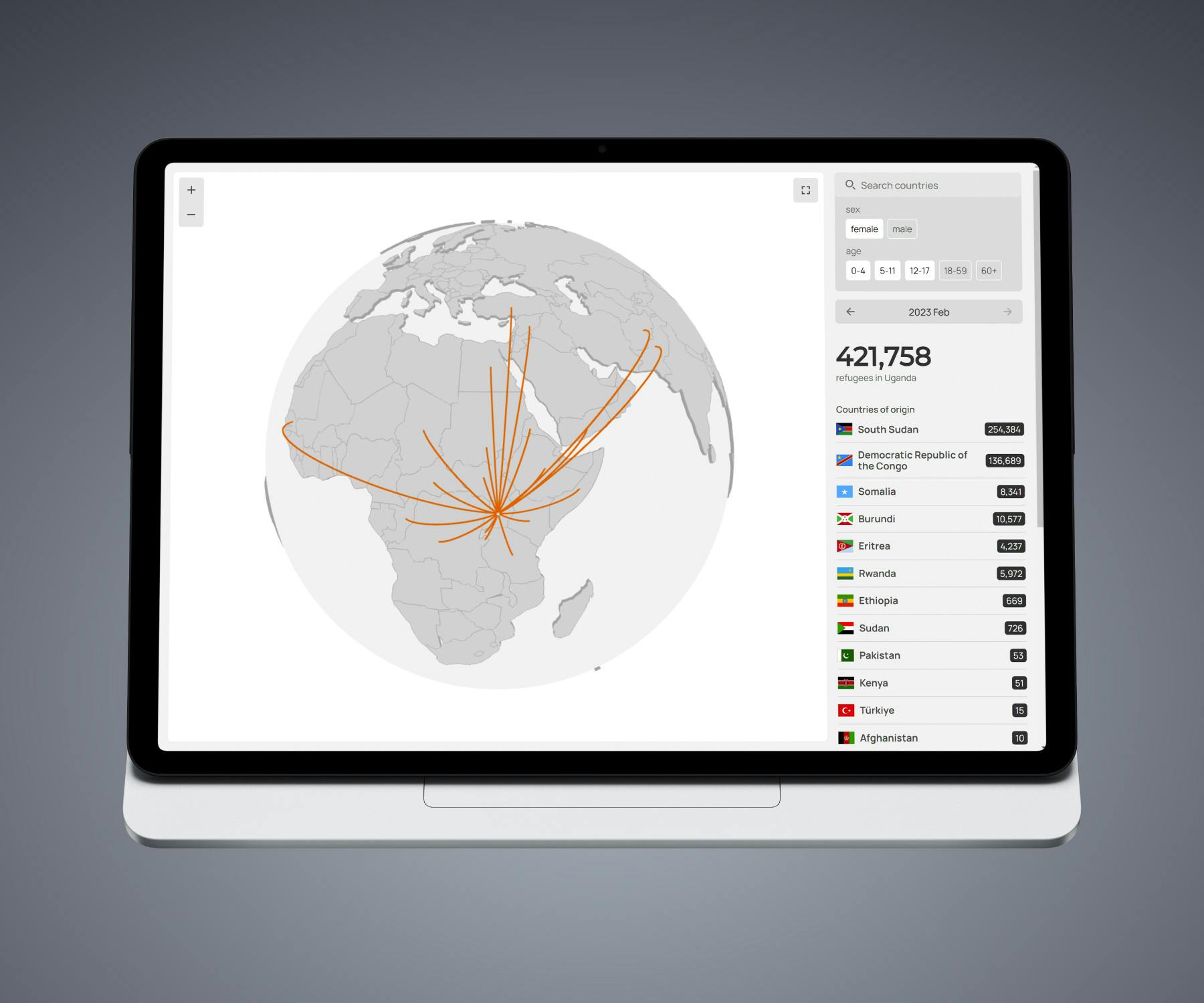
I visualized the refugees' countries of origin as part of our research process. They speak a variety of languages and come from very different cultural backgrounds.
The refugees would drum and sing in their free time, yet lacked access to resources that would help them compose music.
How might we create an engaging activity that empowers refugees with the knowledge and tools to create music digitally?
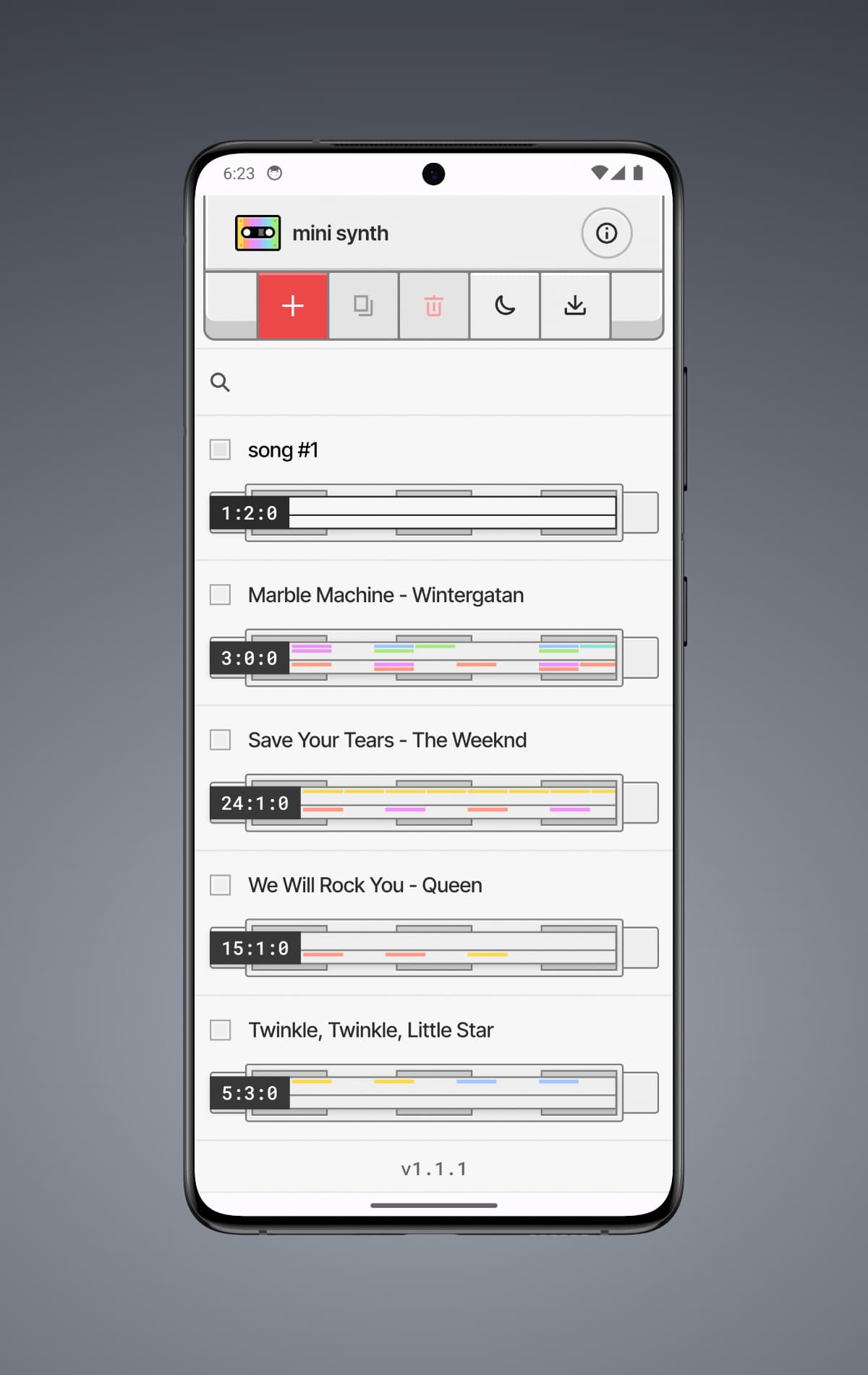
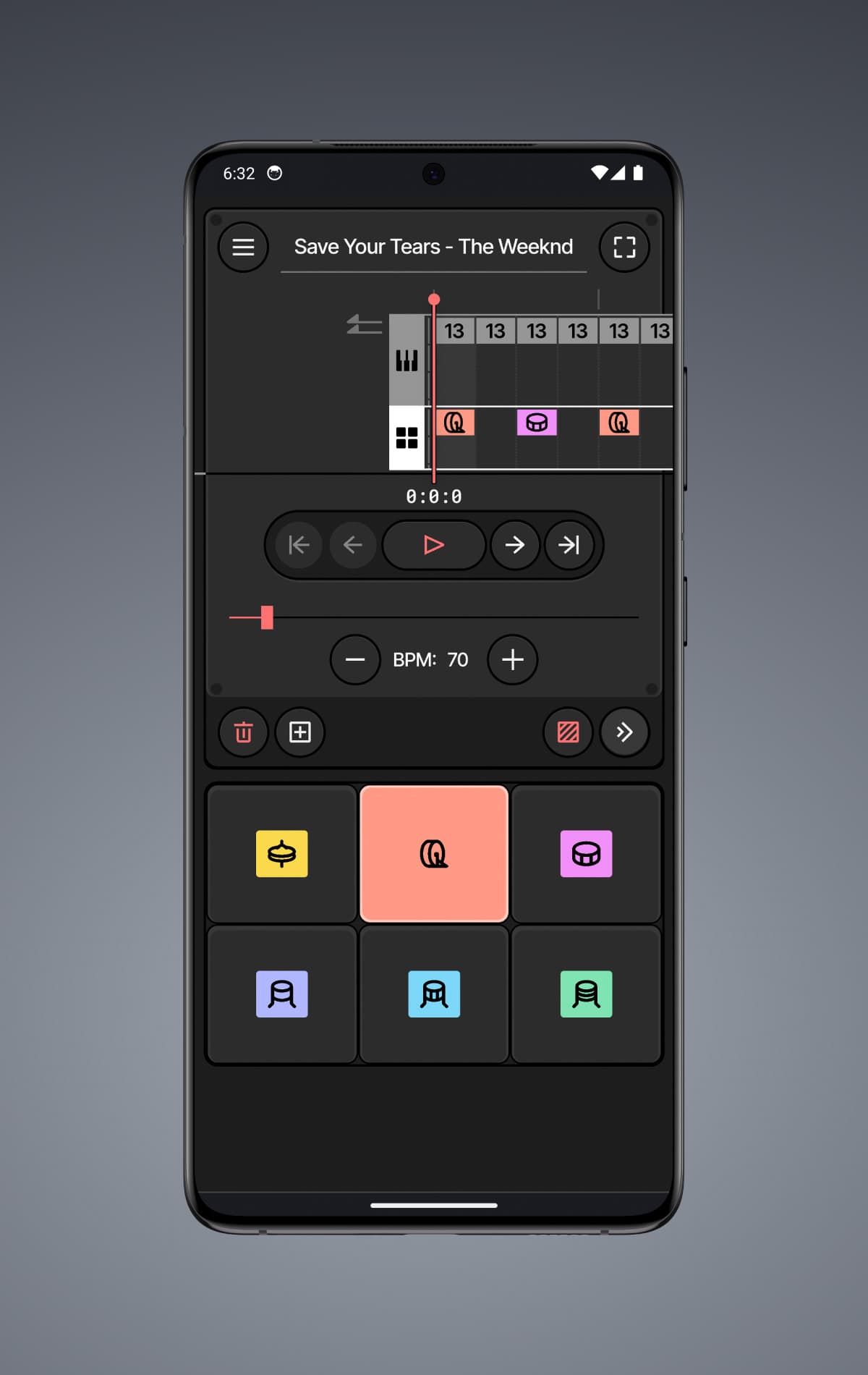
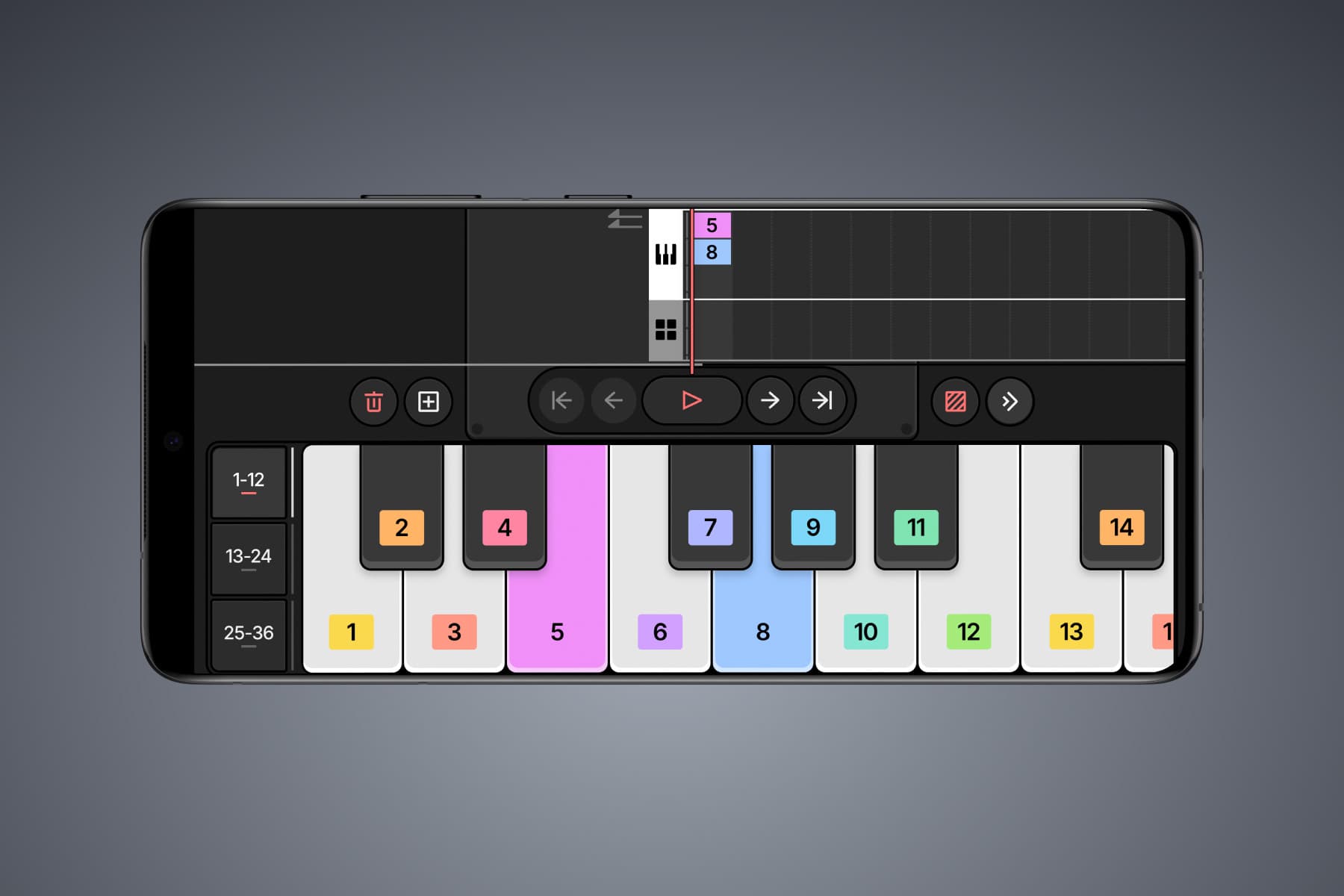
The Mini Synth web app is a digital synthesizer that runs in any browser. The interface is compact yet organized. The keys and drums are color-coded, drawing a visual connection between the inputs and the track above.
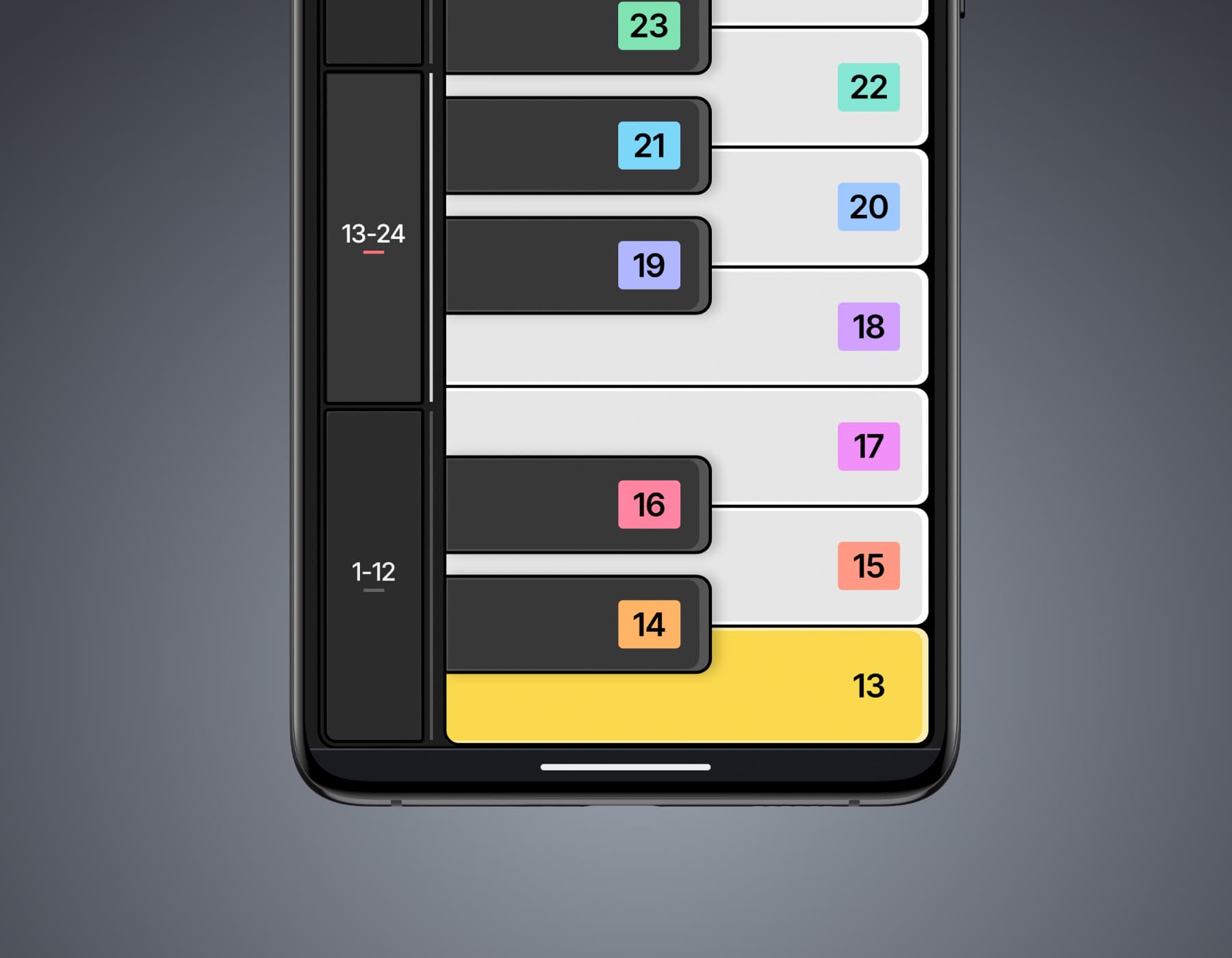
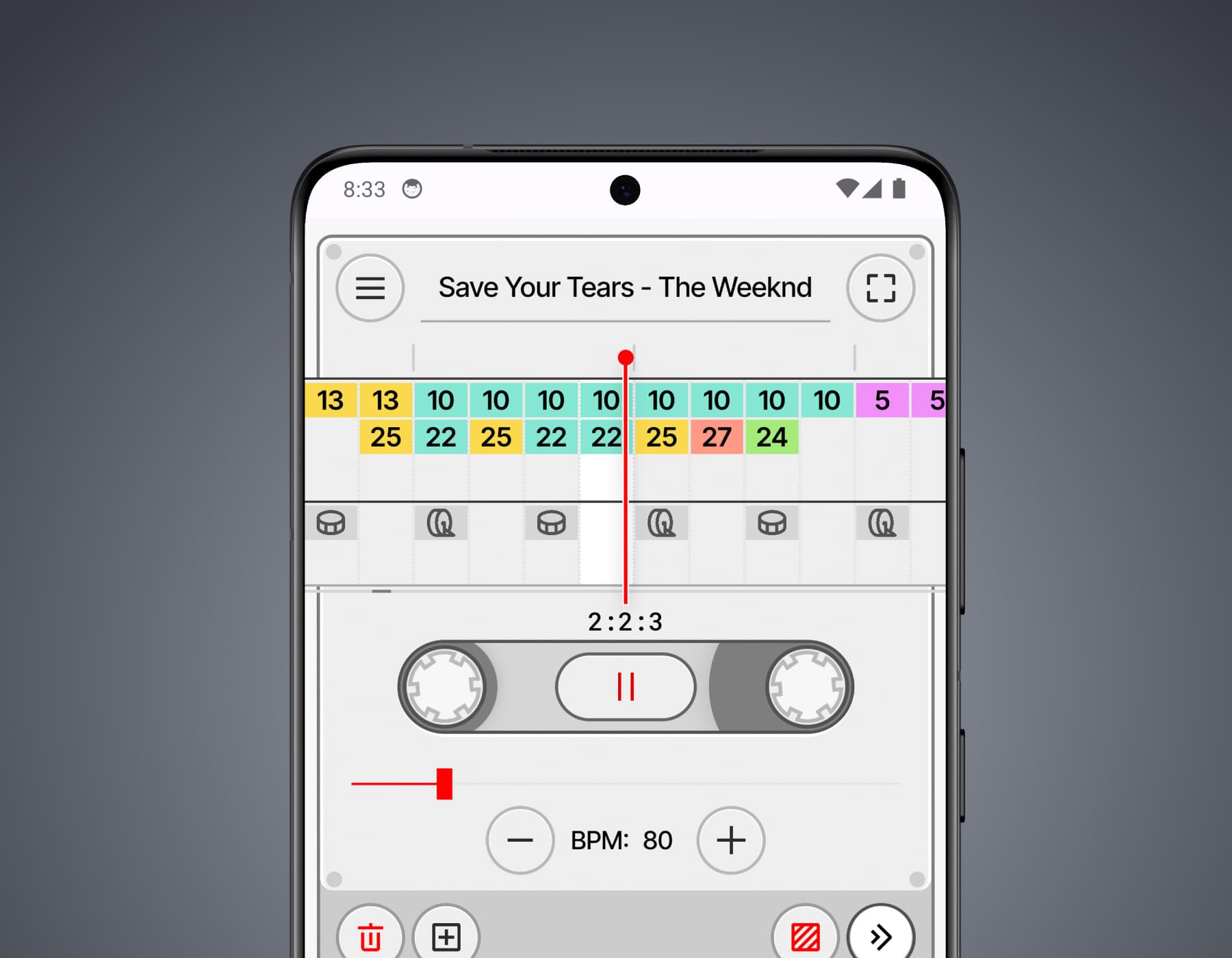
From keyboards to cassette tapes, the interface is rich with visual metaphors. This makes the app more approachable as it resembles physical objects the refugees recognize.
I designed a set of icons for Mini Synth to avoid alienating refugees who speak different languages. Through course activities and general usage, refugees would become familiar with the meaning of these icons.
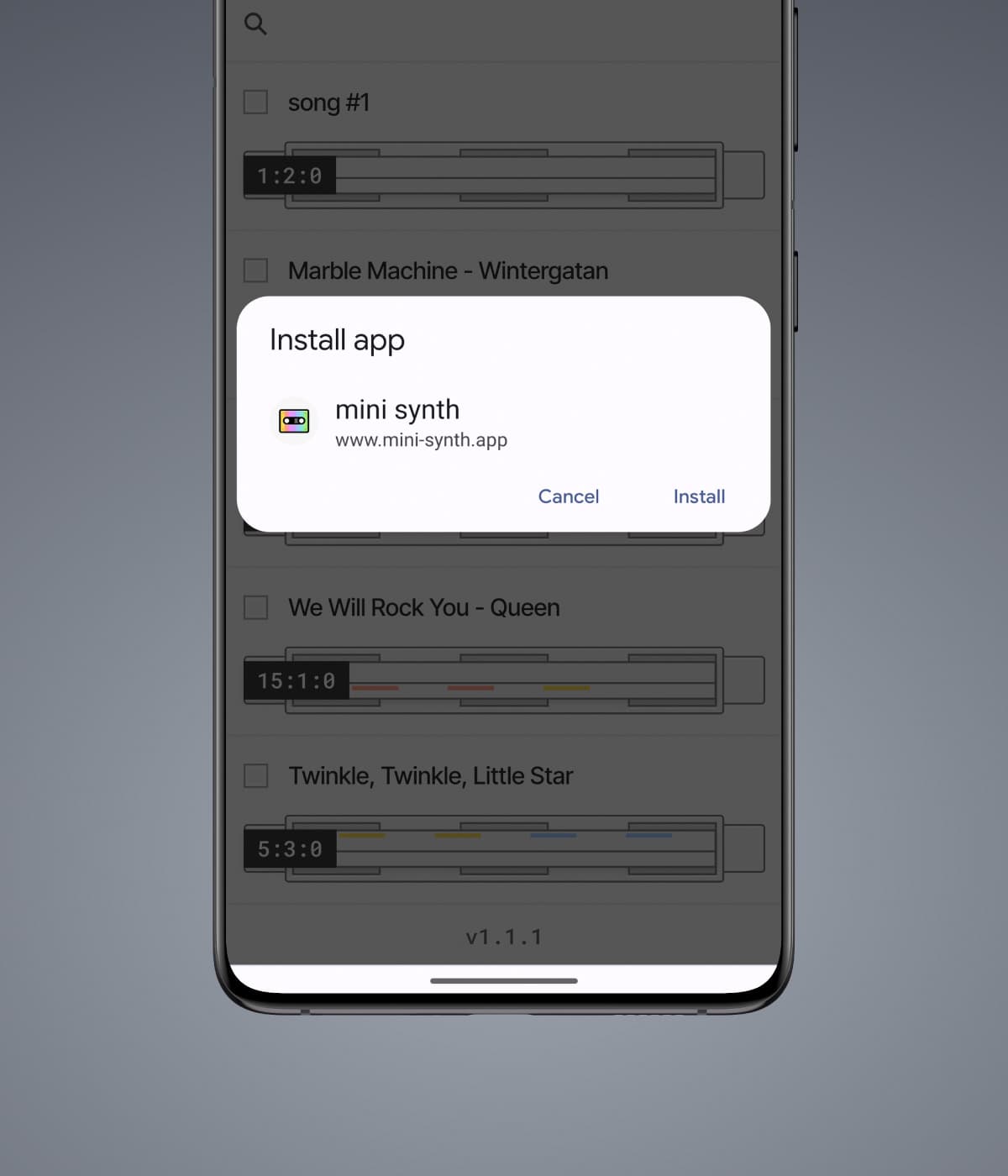
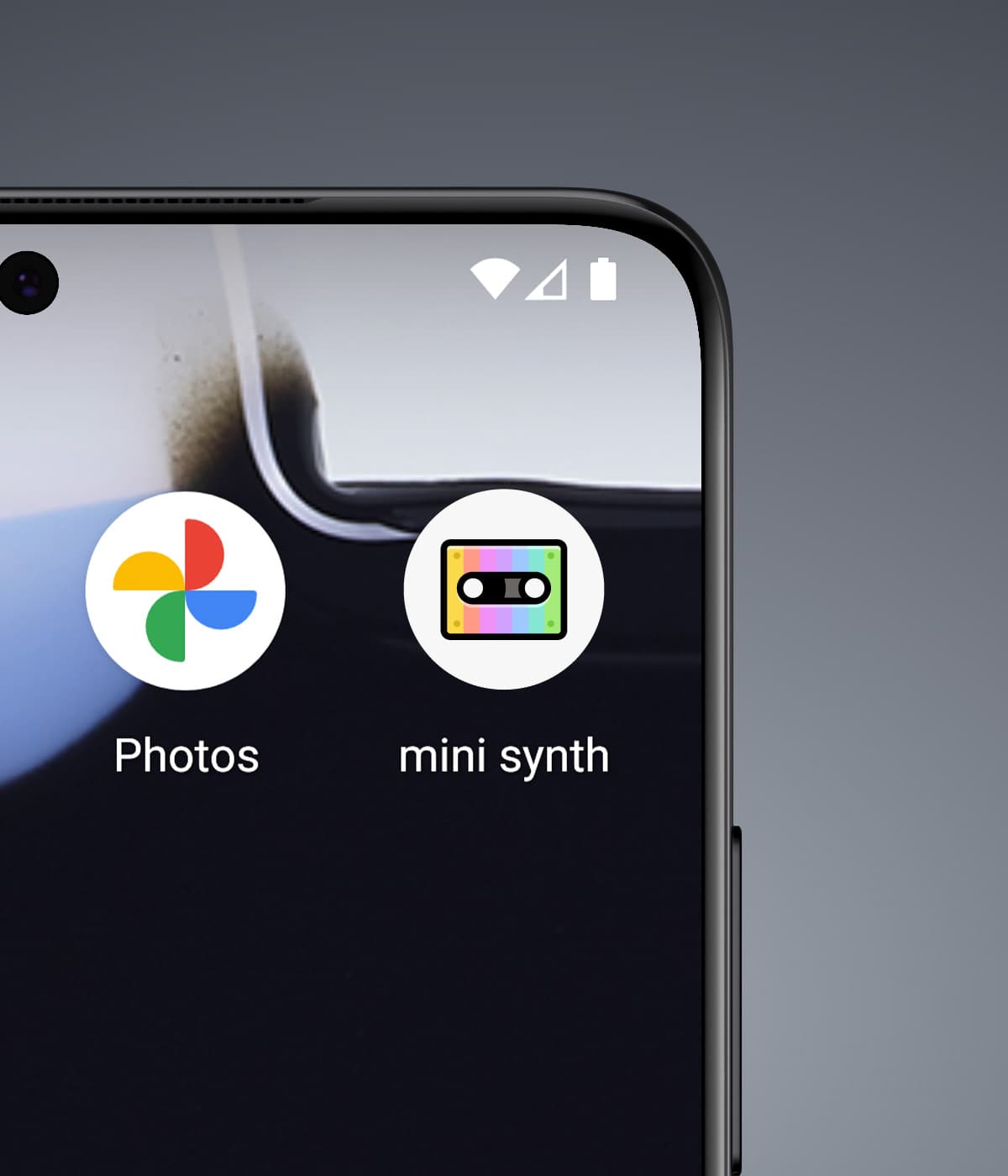
The refugees had inconsistent internet access, which is why Mini Synth was developed as a Progressive Web App that functioned offline. All songs are stored locally on the phone.
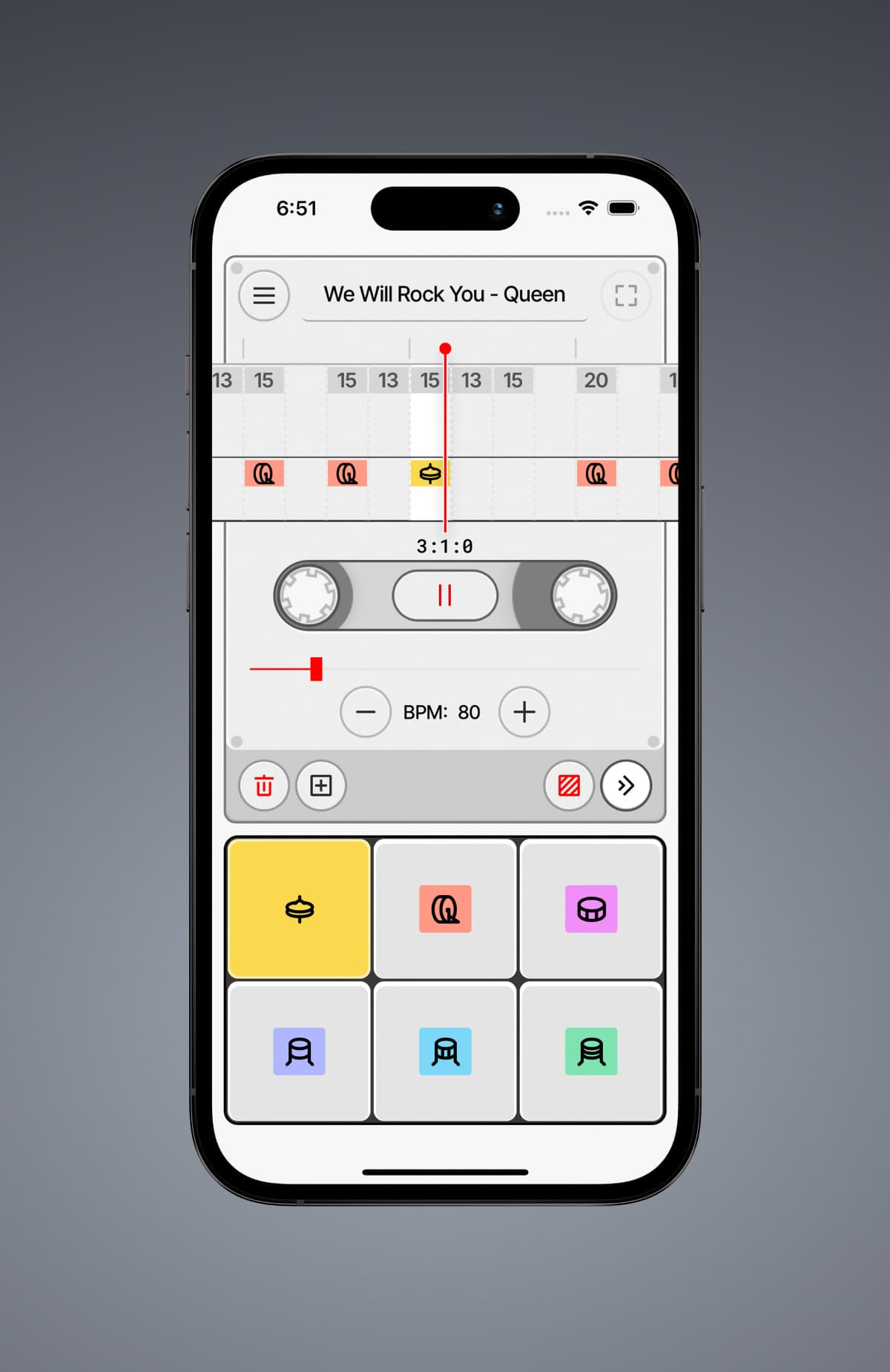
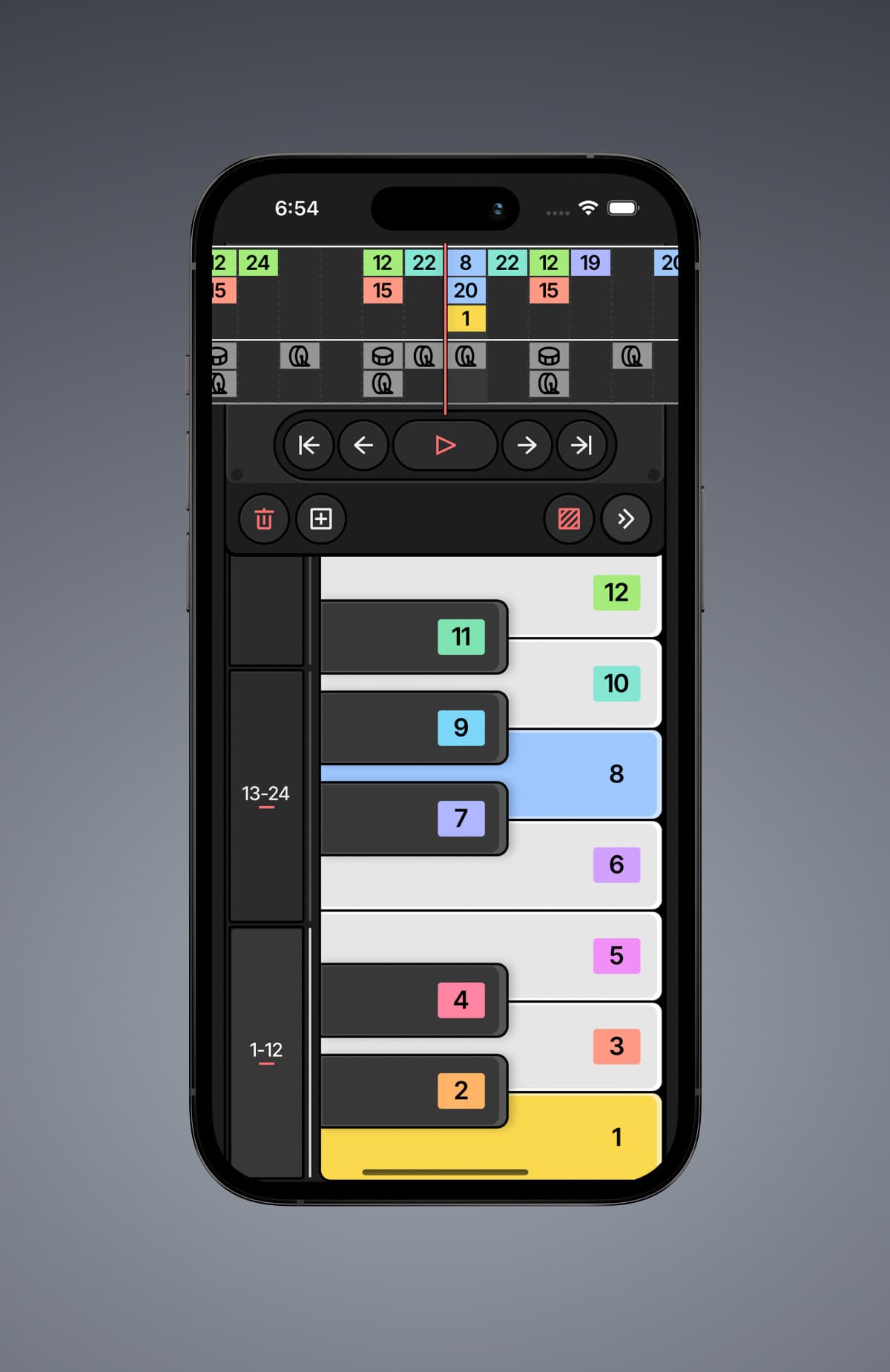
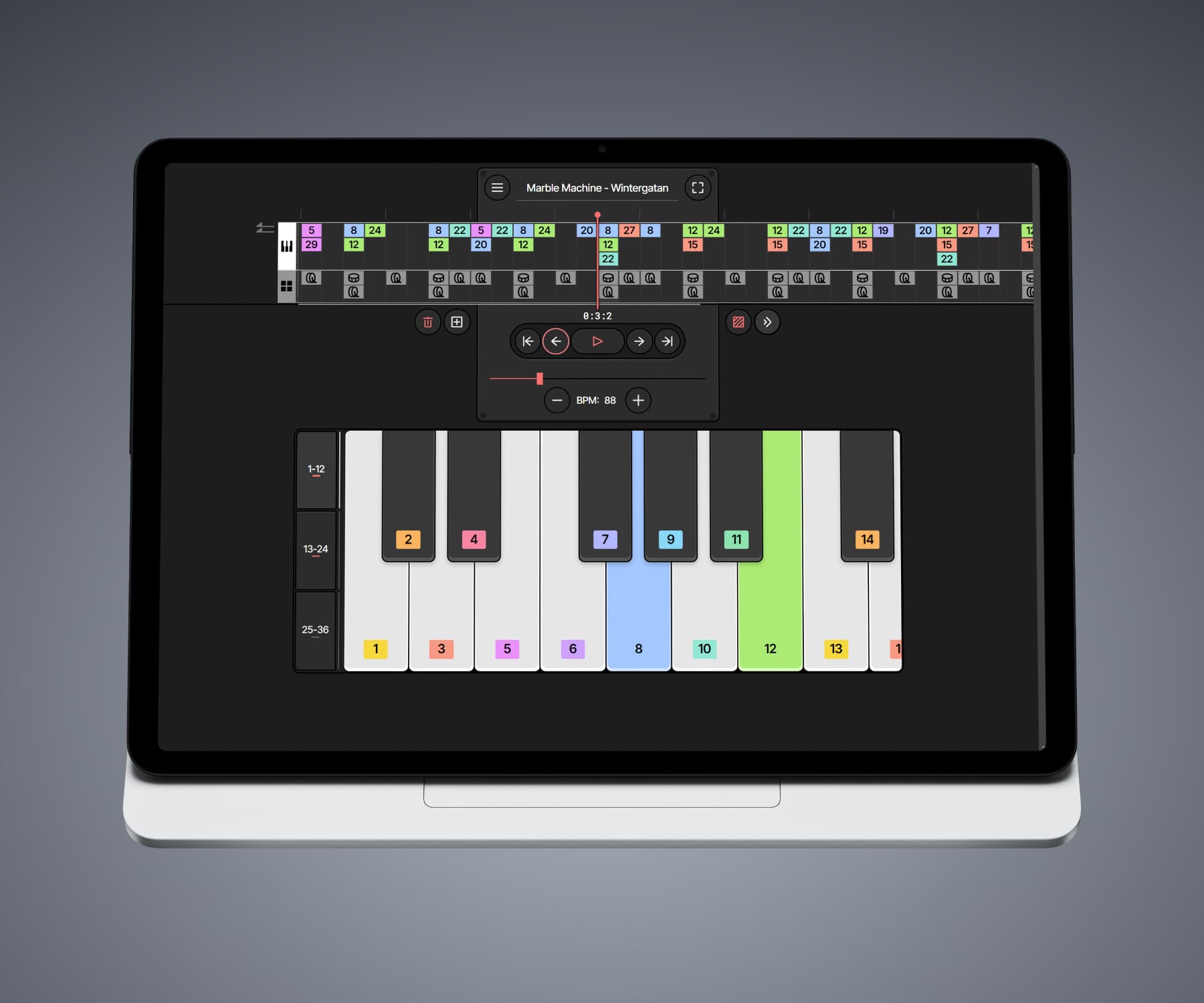
While designed specifically for a Galaxy S21, Mini Synth is still responsive. The web app works on all devices and has keyboard shortcuts, reduced motion mode, and assistive technology support.
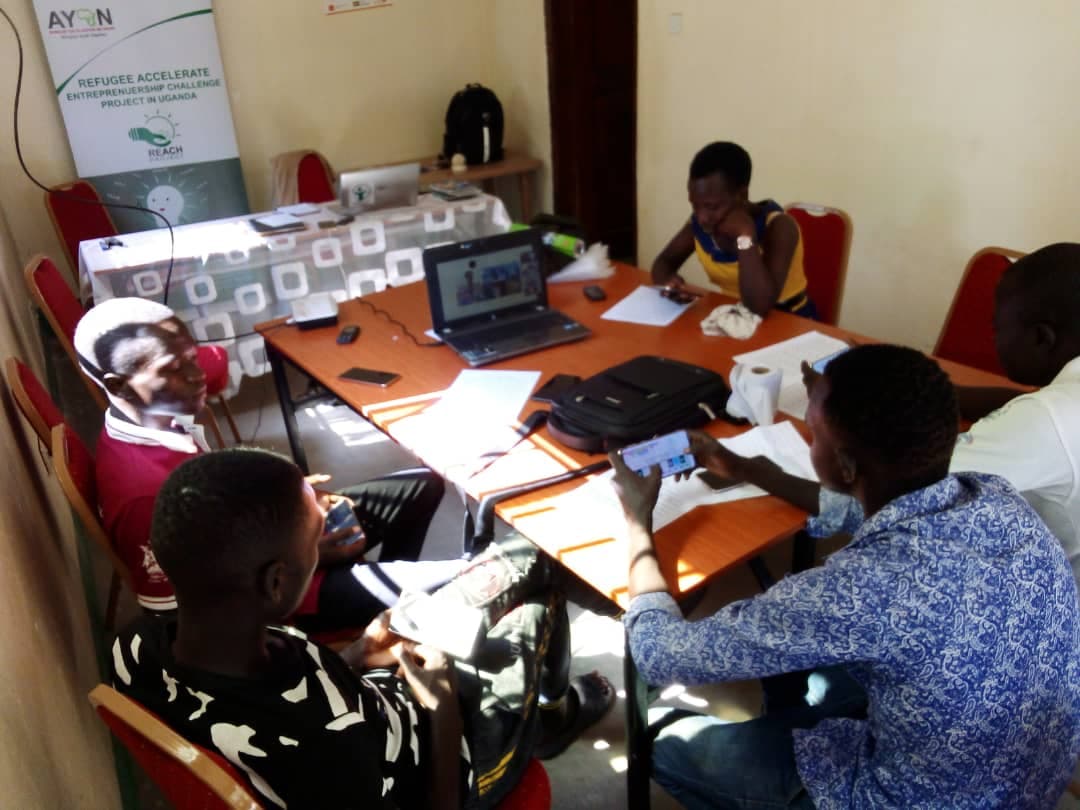
The web app and related teaching material were well-received during our first group session. Refugees were excited about the app and enjoyed sharing their creations with the group.
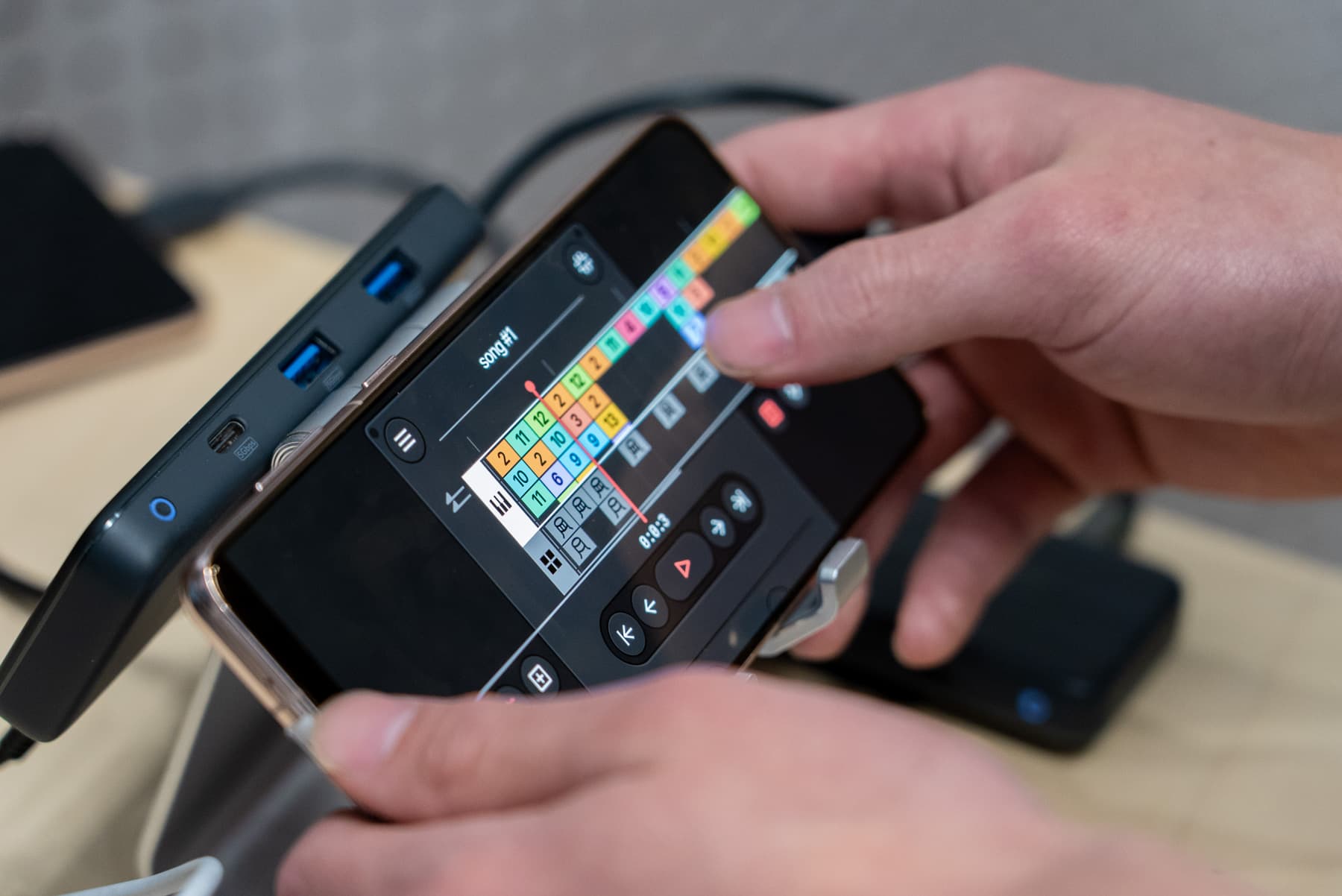
This project was exhibited at RISD's Industrial Design department where students and faculty could try out the demo. Over a week, the web app had:
- 122Total visitors
- 1,291Total page views
- 184Songs created
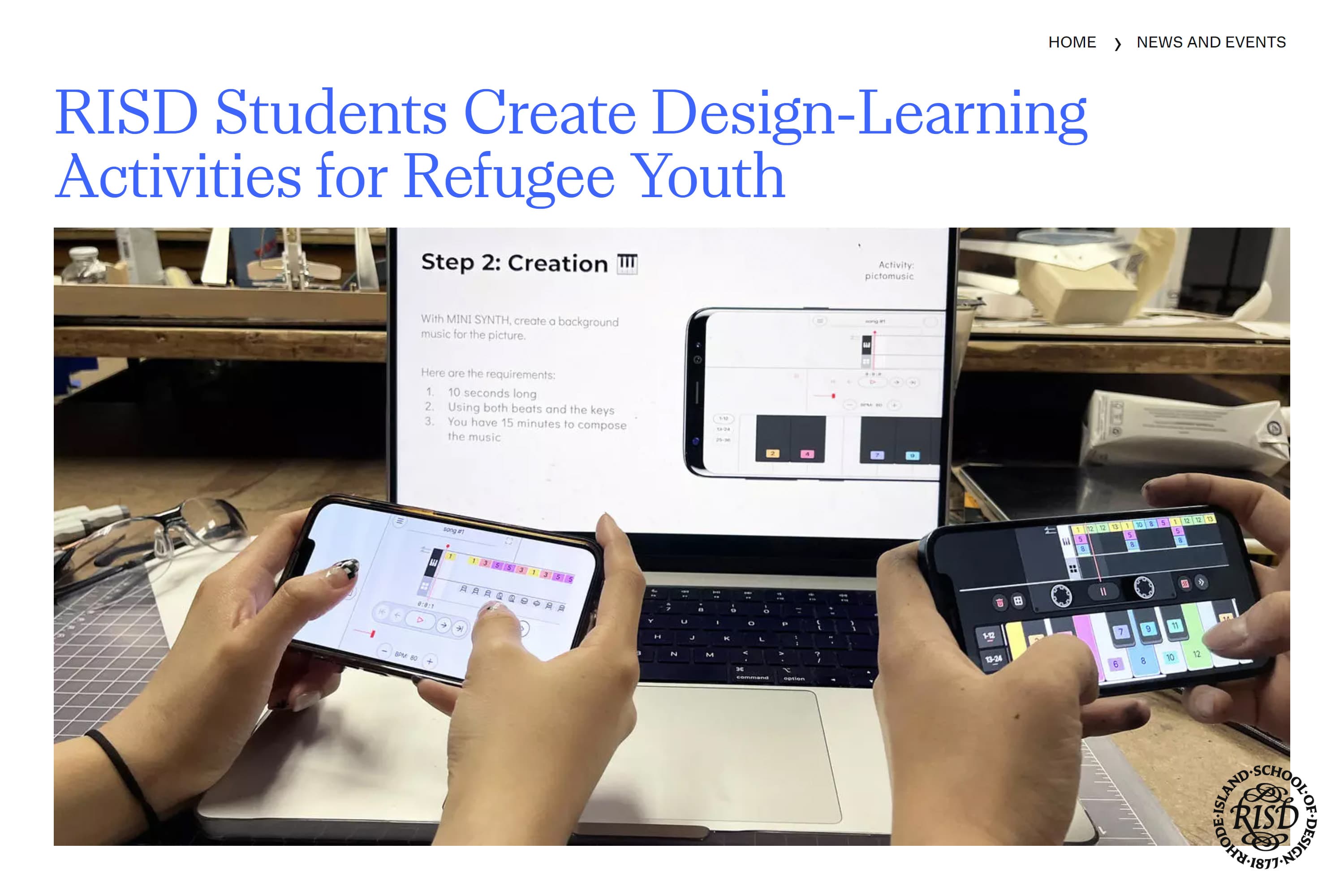
Mini Synth was later featured in a RISD article about the Humanitarian Innovations course that this project was a part of.
Reflecting on the project, Patrick Lumumba, our YSAT instructor, commented: “You guys never make assumptions. You always ask questions. I like this collaboration, this togetherness.”
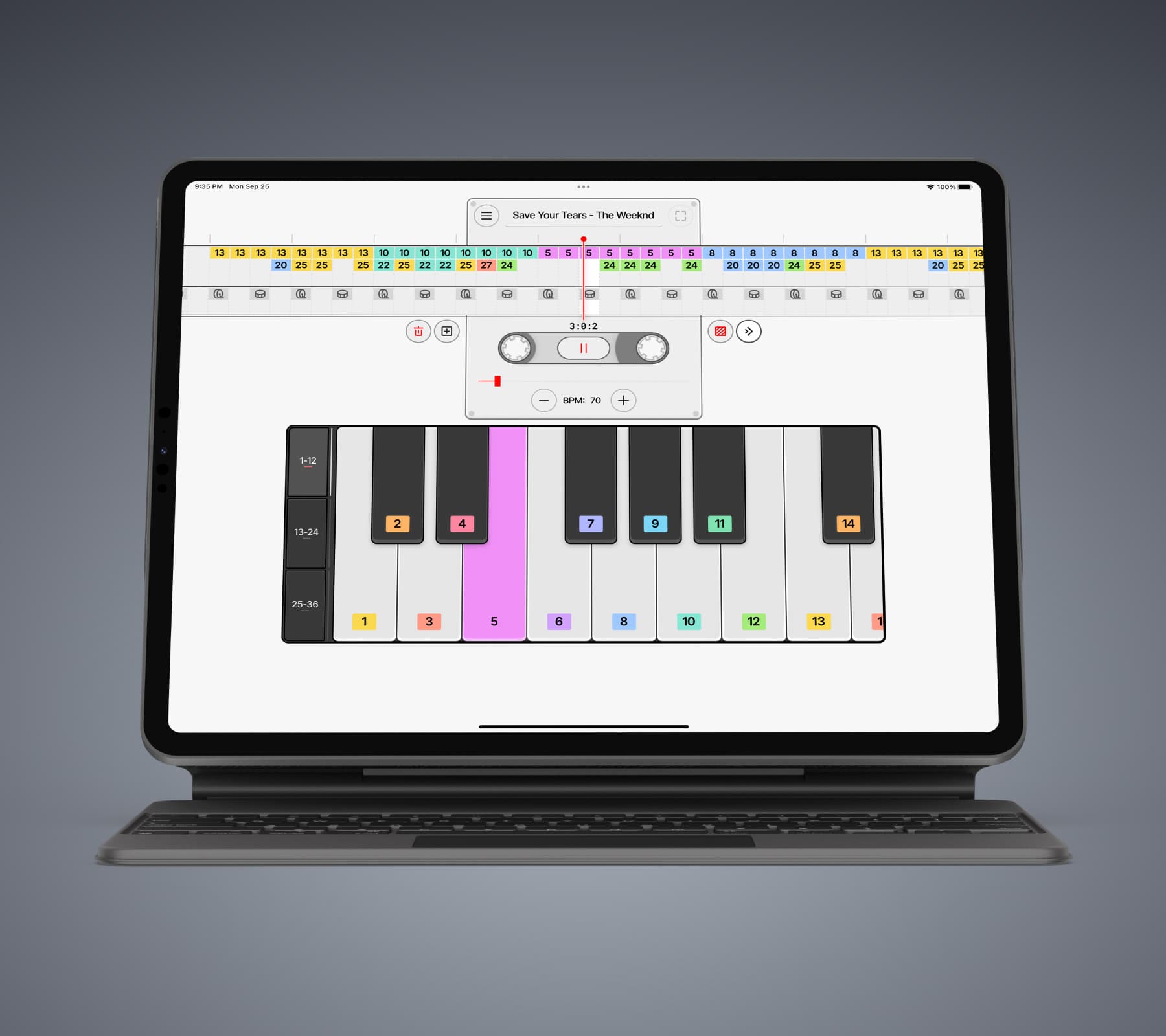
Mini Synth is an open-source project available on GitHub. Version 1 was released in August of 2023 and all major development on the project has concluded. The code will be maintained for the foreseeable future to ensure full functionality.
If you are interested in contributing to or continuing this project, feel free to contact me.
Thank you to my teammates – Ashley Fan and Sean Lee – for their incredible contributions to the research, design, and execution of this project.
Thank you to our instructors - Sally Beiruti, Heewon Lee, and Adroa Patrick Lumumba – for their help and guidance throughout the project.
This project would not have been possible without support from the following sponsors: